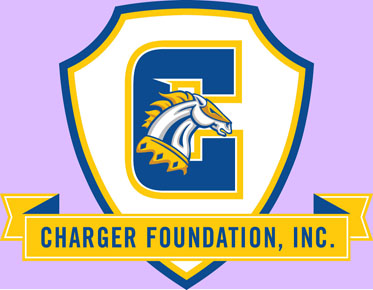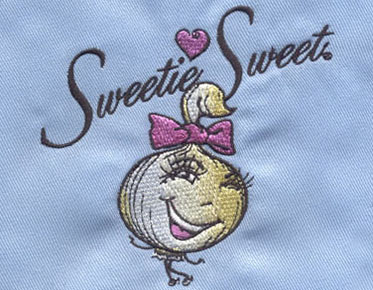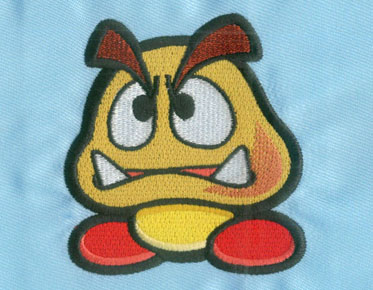MASTERING COMPLEX SHAPES AND PATTERNS WITH VECTOR ART
Creating complex shapes and patterns with
vector art requires precision and expertise. In this article, we will explore
the techniques and considerations involved in designing intricate shapes and
patterns using vector art. From understanding the fundamentals of vector
graphics to leveraging professional vector art conversion services, this guide will provide valuable insights
to help you master the art of creating complex designs.
I. Understanding Vector Art and Its Advantages
1. What is Vector Art?
Vector art consists of mathematical equations
that define shapes and lines, allowing for infinite scalability without losing
quality. It is created using vector graphics software like Adobe Illustrator or
CorelDRAW.
2. Advantages of Vector Art:
Vector art offers several advantages, including scalability, flexibility, and the ability to create precise and detailed designs. It is ideal for creating complex shapes and patterns that can be resized, modified, and adapted for various applications.
II. Design Techniques for Complex Shapes and Patterns
1. Layering and Grouping:
Use layers and groups to organize elements
within your design. This allows for easier manipulation and modification of
individual components, simplifying the creation of complex shapes and patterns.
2. Bezier Curves and Anchor Points:
Master the use of Bezier curves and anchor
points to create smooth curves and precise shapes. By manipulating these
control points, you can achieve intricate and elaborate designs with precision.
3. Clipping Masks and Opacity Masks:
Utilize clipping masks and opacity masks to
create complex shapes and patterns with intricate detailing and textures. These
masks allow you to control the visibility and transparency of specific elements
within your design.
III. Leveraging Vector Art Conversion Services
1. Benefits of Vector Art Conversion Services:
Vector conversion services can convert
raster images or hand-drawn sketches into scalable and editable vector formats.
These services offer accuracy, efficiency, and professional results, saving you
time and effort in creating complex shapes and patterns.
2. Professional Expertise:
Vector art conversion services employ skilled
artists and designers who specialize in converting complex designs into vector
format. Their expertise ensures the preservation of intricate details and the
accurate translation of your vision into high-quality vector art.
3. Customization and Adaptability:
Vector art services provide customization options, allowing you to refine and modify the converted vector art according to your specific needs. This flexibility enables you to create intricate shapes and patterns that align perfectly with your creative vision.
FAQ (Frequently Asked Questions):
Q1: Can vector art be resized without losing
quality?
A1: Yes, vector art can be resized infinitely
without any loss of quality. The mathematical equations used to define the
shapes and lines allow for precise scalability.
Q2: What file formats are commonly used for
vector art?
A2: Common file formats for vector art include
AI (Adobe Illustrator), EPS (Encapsulated PostScript), and SVG (Scalable Vector
Graphics).
Q3: Can I request revisions or modifications
for vector art created by conversion services?
A3: Yes, most vector art conversion services
offer revision and modification options to ensure that the final result aligns
with your requirements. Communication with the service provider is key to
achieving the desired outcome.
In conclusion, mastering the creation of
complex shapes and patterns with vector art requires a combination of design
techniques, understanding of vector graphics, and the utilization of
professional vector art services online.
By leveraging these tools and techniques, you can bring your creative visions
to life with intricate and visually stunning designs.



